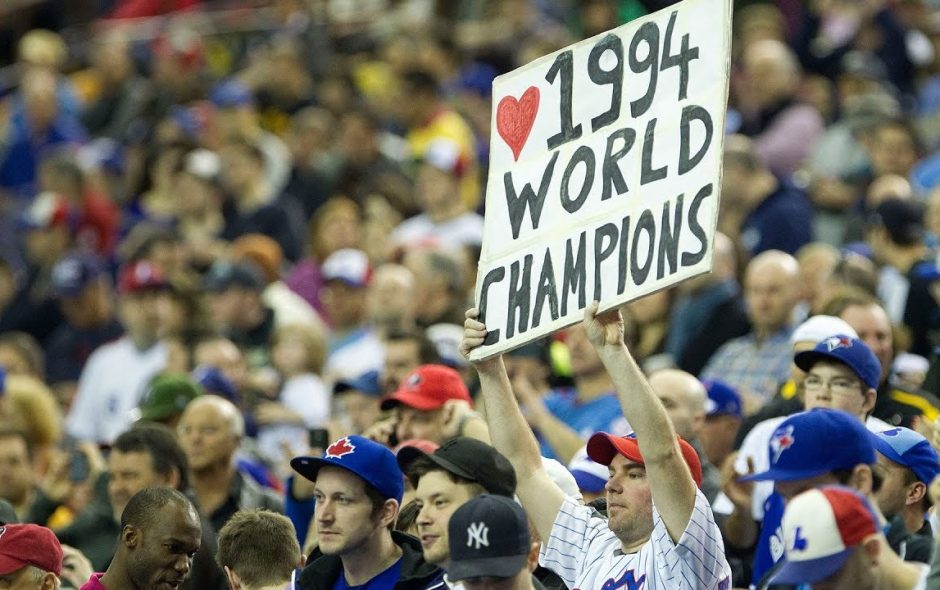We’ve all heard the story of Billy Bean by now. The GM of the Oakland A’s who was immortalized in the Michael Lewis book Moneyball and had Brad Pitt play him in the movie adaptation. As a baseball fan and stats geek, this book was one of the most accessible on the subject for everyone. It is also stacked full of lessons about leadership, management and focusing on the important things — which may not be the popular things.
Baseball is business
Despite the fact that Bean operates a Major League Baseball team, he has many of the business constraints that you and I do. First off, his team is not the Yankees, he doesn’t have a seemingly endless budget, he can’t simply buy his lineup. His management team was old school, they measure things the same way they’ve been doing it since baseball began. They prayed to the alter of power and speed and batting averages and ERA — the same way each and every other team in the league did it, including the rich teams. The A’s are not rich so Bean needed to adopt a different approach in order to build a competitive team. He needed to think differently to compete.
So do you
This describes the majority of the companies that operate today. We are in this odd time in innovation history. Most of the heavy lifting was done 25-30 years ago and companies today are refining that technology and building non-disruptive businesses on top of that layer. 20 years ago the commercial Internet was born and we are still refining it. 30 years ago cellular technology emerged with feature phones and we are still refining it today. The companies that laid the foundation for both these disruptive technologies are mostly dead and gone but their technology still enables the companies of today to build upon them. The thing is, there is so much duplication in industry today that it is very hard to differentiate between them if you are an investor or, more importantly, a potential customer.
Generally, companies today all look the same, feel the same and act the same. They also all look at data the same and are judged the same. With so much sameness, it takes a Billy Bean like character to be bold enough to change it up. To stop focusing on following a similar narrative and break the mold by looking at the data through a different lens.
“Not everything that counts can be counted and not everything that can be counted counts.”
Albert Einstein
There is competition in every business category and most businesses look and taste similar to each other. Those that are truly on the edge and innovating face the different challenge of waiting for the market to catch up to them. That is, of course, provided they’ve made the right bet and aren’t too far ahead of the curve (think Magic Leap). For the rest of us, we need to start thinking about what the right thing to focus on is in order to build our businesses.
In a stats-rich environment like professional sports, owners and managers have spent most of their history focused on what we would call today vanity metrics. Batting averages, homeruns, RBIs are all personal stats that increase a players contract value but don’t necessary propel the team forward unless all the players excel in those categories. The focus was on the wrong metrics and so were expectations. When the worst team in the league can have a player win the MVP award at the end of the season there is something wrong with the way we rank that data. If the goal is to win the World Series, is having an MVP on a last place team a victory?
When Bean focused on underused metrics like OPS (on-base plus slugging percentage) and WAR (wins above replacement) he transformed his team — until the rest of the league caught on. He had a momentary advantage. Most of the companies out there are still focused on vanity metrics — their “batting average” — to define their business. If that’s the case they will be lumped in with the rest of the carnage that will happen when one of their competitors or a startup ends up disrupting them with a different approach.
If Google and Facebook were baseball teams
Put this lens to the business models of some of the largest companies in the world today and it’s pretty clear they aren’t innovating. Facebook earns the majority of their revenue from advertising. They have refined it and with the data they have on all of us and have probably made it as close to perfect as possible. It is still a 100 year old model and still a single source of the majority of their revenue. As soon as we get smart about protecting our data and protecting democracy that business is ripe for renewal. A rethinking.
Google’s value has always been as an innovative search tool. There is no denying that their approach to indexing the internet was the greatest breakthrough for search ever. It humanized the use of the platform and left the early search companies in their wake. Now they are an intent company matching, yup, ads, to requests. Another company relying on a 100-year old business model in order to earn.
Both Google and Facebook gather data from their various platforms (including Google’s Android OS + Chrome browser + Google Maps) to serve ads. Hardly innovative. Hardly democratic. Both companies have subsumed industries and it is most likely that your company has an unhealthy reliance on one or both of them to find an audience.
Then Amazon are the Yankees
Amazon seems to be the only company of the big three that has been able to continuously innovate and earn. It started in commerce but quickly identified other business models to build out (AWS, memberships, streaming) and even have been able to pull advertising revenue from Google and Facebook while those two haven’t been able to do the same in capturing any significant ecommerce revenue from Amazon. Amazon earned roughly $3.9 billion (5% of total revenue) in advertising in Q1 2020 while Facebook pulled in a paltry $300 million (less than 2% of total revenue) from commerce in the same period.
Baseball is doing a better job at adopting data from technology to better their production. The book MVP Machine by Ben Lindbergh and Travis Sawchik dives into how coaches are pushing camera technology to create ball players. If there is a hint of natural ability can the proper use of technology be applied to creating technique that turns that hint into a career. If so, it means that the way and types of players that are drafted changes and the game evolves yet again. Nothing is too small to focus on — even counting the number of spins the ball makes after the pitch is thrown. Think about that, they count the number of times the stitching rotates and focus on increasing that number…that is precise and measurable and makes a huge difference.
Under Billy Bean, the Oakland A’s never won the World Series. His approach was quickly adopted and perfected by many of the rest of the teams in the league and it set in motion a new wave of thinking. In a sport that imbues tradition, the constraints put on Billy Bean forced him to rethink how things were done.
Some people don’t consider baseball a sport really but if a bunch of tobacco chewing luddite baseball GMs can adopt a new approach to their business what’s stopping you?


